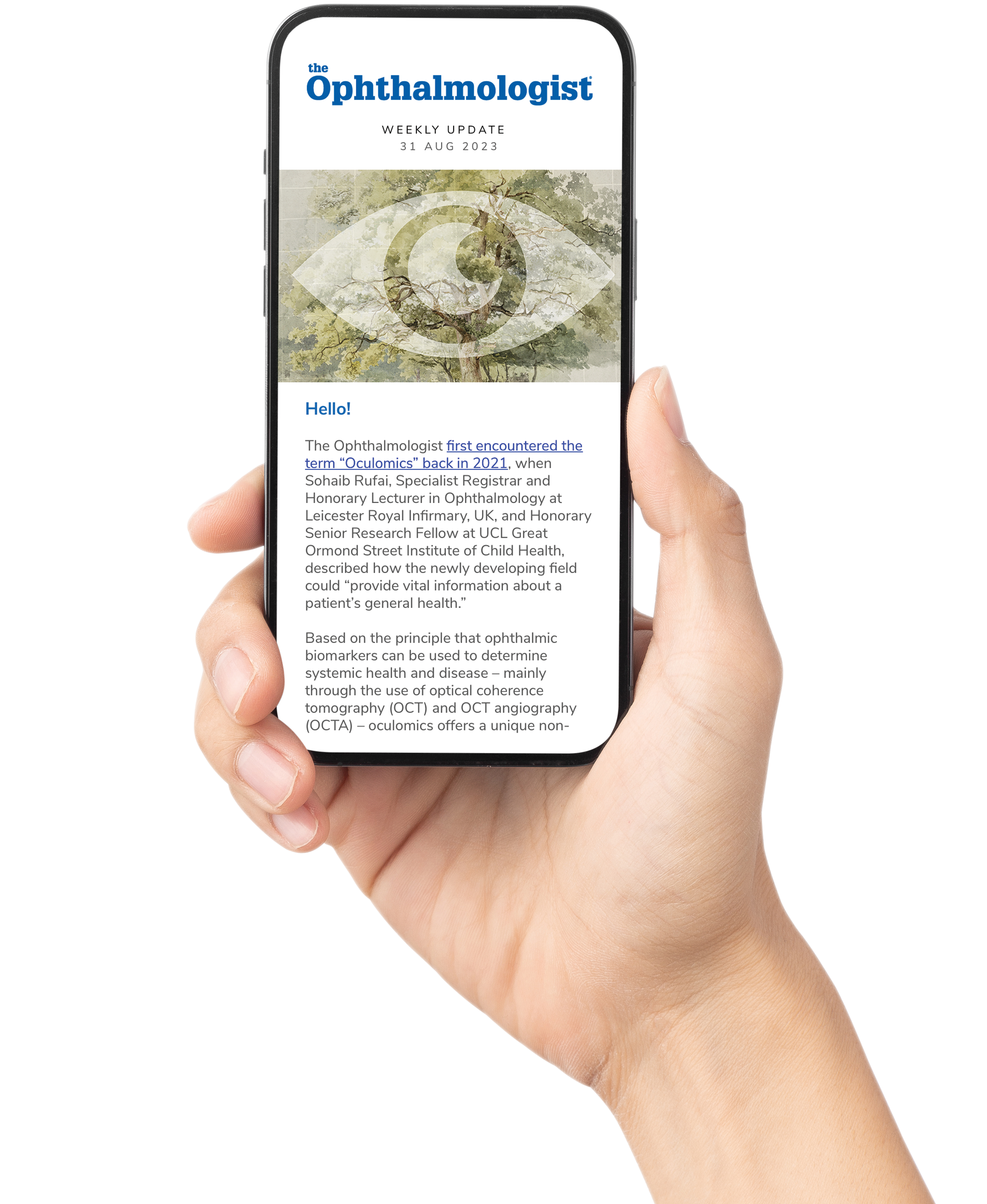
Early clinical data has demonstrated that transplantation of human retinal pigment epithelial stem cell–derived RPE (RPESC-RPE) is safe and well-tolerated in patients with advanced dry age-related macular degeneration (AMD). The findings, published in Cell Stem Cell, mark an important step toward cell-based therapies for one of ophthalmology’s most intractable diseases.
The open-label phase I/IIa trial evaluated the safety and tolerability of low-dose subretinal RPESC-RPE transplantation in patients with advanced geographic atrophy (GA) due to dry AMD. Participants underwent vitrectomy with delivery of a suspension of RPESC-RPE cells into the subretinal space. The primary endpoints were safety and tolerability; secondary endpoints assessed structural engraftment and preliminary visual function.
Safety: Across the treated cohort, no dose-limiting toxicities, tumorigenesis, or severe immune-mediated reactions were observed. The procedure was generally well tolerated, with adverse events limited to those expected from vitreoretinal surgery and immunosuppression.
Engraftment: Imaging confirmed survival and integration of transplanted cells in the subretinal space. Structural outcomes included areas of increased pigmentation suggestive of functional engraftment.
Visual Function: While the study was not powered for efficacy, several patients demonstrated stabilization or modest improvements in visual function, including best-corrected visual acuity and fixation stability. These early signals support further exploration of therapeutic potential.
Dry AMD and GA remain leading causes of irreversible blindness worldwide, with no approved therapies targeting the underlying degeneration of RPE and photoreceptors. The use of RPESC-derived RPE cells, which can be generated in large quantities under Good Manufacturing Practice (GMP) conditions, offers a scalable and potentially durable approach.
The lead investigators emphasize that while results are preliminary and derived from a low-dose cohort, the absence of serious safety issues is highly encouraging. Larger studies and longer follow-up will be needed to determine whether functional vision can be meaningfully restored or preserved.
